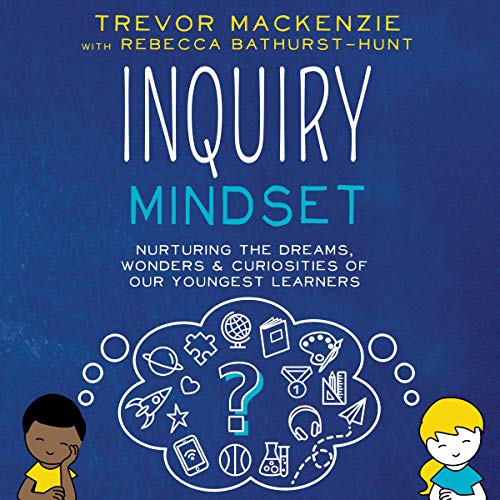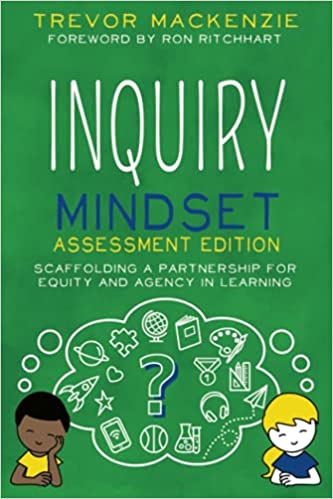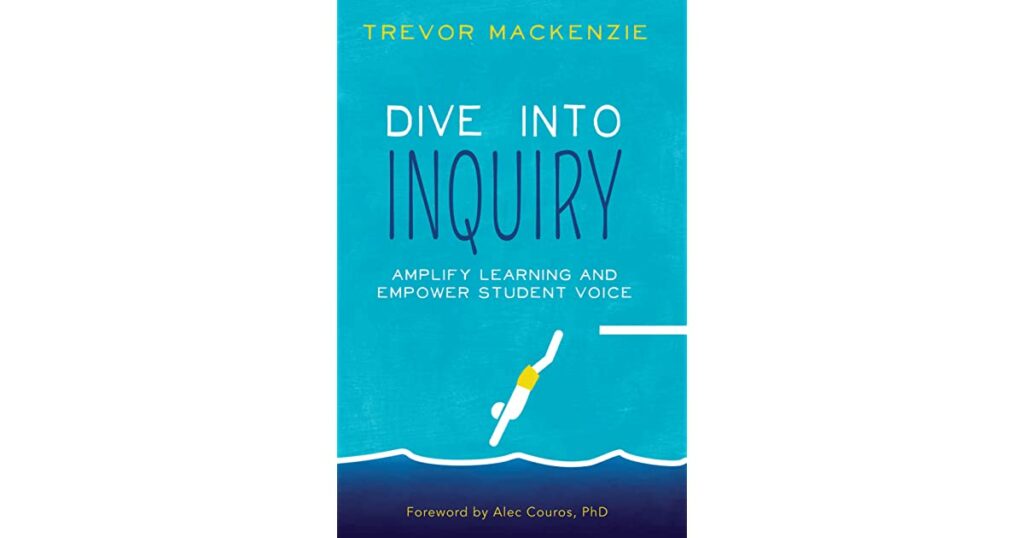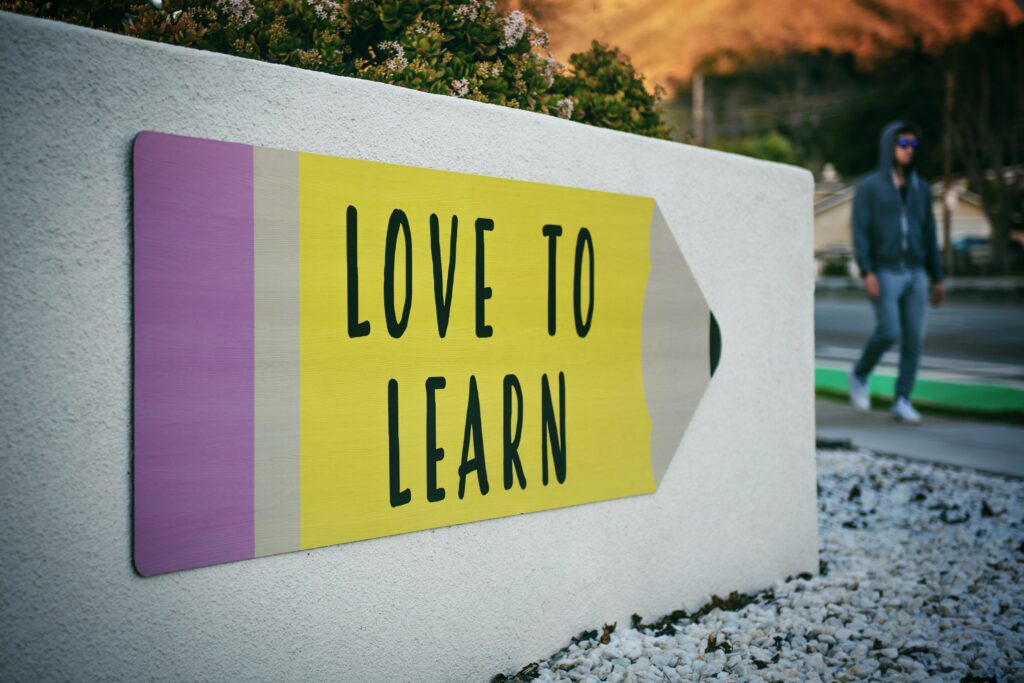Updated and Revised Blog Post
Below I have put a copy of my third blog post on Equity and Access. I have expanded on this topic by looking at the feedback from my peers and considering this into my expanded post, as well as found a book in the University of Victoria online library titled “Universal design for learning in the classroom: practical applications” (Hall, T. E., Meyer, A., & Rose, D. H., 2012) to further my learning. I have bolded what I have added to my post.
The Universal Design for Learning is something that was mentioned quite a few times in my second year of the elementary education program, so it is something that I am quite familiar with and passionate about. Overall, in Basham, J.D., Blackorby, J., Stahl, S. & Zhang, L. (2018) I learned that there are many more companies who are investing in the content and delivery systems of classrooms utilizing online learning and UDL and that the opportunities for students to participate in blended and full-time virtual schools are also increasing greatly. One thing that surprised me in this reading was that for some students with disabilities, ELL’s, or who are living in poverty online learning is not as beneficial as one might hope. This is a topic that I am interested in looking further into, as you often do not hear of the negative effects of online learning, just the positives. One way for teachers to effectively use the UDL guidelines is by incorporating technology into the classroom (Hall, T. E., Meyer, A., & Rose, D. H., 2012, p.11). I have included a link here to my pod’s assignment #2 where we talk about how we can use technology to enable a student with dyslexia and anxiety to learn effectively. By having a classroom that is UDL friendly students who require technology on a day-to-day basis are able to learn alongside those who do not require technology, which can create a sense of belonging within the classroom. (p. 12) By having technology in the classroom, students are able to follow the UDL guidelines with many ways to provide multiple means of representation (audio, text, visual, etc.), action and expression (handwritten work, PowerPoint, presentation, etc.), and engagement (create a sense of ownership/authenticity, allow for collaboration/regulation, etc.). (p.12-19) Incorporating the UDL guidelines into the classroom is very important and can be done both in the classroom and online during times such as the COVID-19 pandemic.
In Selwyn. N. (2020) I was not surprised to learn that during COVID-19 teachers soon realized that they would need to allow for asynchronous and flexible “classrooms”, as well as stretching out pre-determined schedules and offer alternate options for working offline. As a student I also soon realized the exhaustion of synchronous online meetings and can empathize with teachers having to adjust their entire schedule and create new lessons plans to fit the students needs online. COVID-19 has taught not only teachers, but students the importance of having social, emotional, and affective aspects when it comes to using technology-based education. Overall, COVID-19 has not only given me, but I am sure millions of other people in the world a new appreciation for relationships between both peers and teachers.
Lastly, in Kral, I. & Schwab, R.G. (2012) there are 8 design principles discussed. I have heard of a lot of these design principles in a direct way through either talking to teachers or indigenous education representatives. As someone who grew up in a community with a large indigenous presence I have also seen these design principles put into action without even knowing it. I saw these principles not only in classrooms, but at other events in the community that I have attended. One design principle that I saw a lot of is principle 5: a space to practice oral and written language. I saw this happening a lot in my high school, indigenous students would often speak at events for their culture and could often be found in the auditorium practicing. Another time when this practice would occur was at our annual basketball tournament, Totem. At the opening ceremonies for this event there was always an elder who would greet everyone and acknowledge the land, as well as a student (often one male and one female who played on the teams) that would say some words in both English and their respective language in front of everyone. Overall, after reading this article I will definitely notice more often when these principles are being implemented, as well as incorporate them into my future classroom.
URL’s to Original Blog Posts:
Blog Post #1: https://kscott.opened.ca/2020/07/08/blog-post-1/
Blog Post#2: https://kscott.opened.ca/2020/07/15/blog-post-2/
Blog Post #3: https://kscott.opened.ca/2020/07/18/blog-post-3/
References:
Basham, J.D., Blackorby, J., Stahl, S. & Zhang, L. (2018) Universal Design for Learning Because Students are (the) Variable. In R. Ferdig & K. Kennedy (Eds.), Handbook of research on K-12 online and blended learning (pp. 477-507). Pittsburgh, PA: Carnegie Mellon University ETC Press.
Hall, T. E., Meyer, A., 1947, & Rose, D. H. (2012;2015;). Universal design for learning in the classroom: Practical applications. New York: Guilford Press.
Kral, I. & Schwab, R.G. (2012). Chapter 4: Design Principles for Indigenous Learning Spaces. Safe Learning Spaces. Youth, Literacy and New Media in Remote Indigenous Australia. ANU Press. http://doi.org/10.22459/LS.08.2012 Retrieved from: http://press-files.anu.edu.au/downloads/press/p197731/pdf/ch041.pdf
Selwyn. N. (2020). Online learning: Rethinking teachers’ ‘digital competence’ in light of COVID-19.[Weblog]. Retrieved from: https://lens.monash.edu/@education/2020/04/30/1380217/online-learning-rethinking-teachers-digital-competence-in-light-of-covid-19



